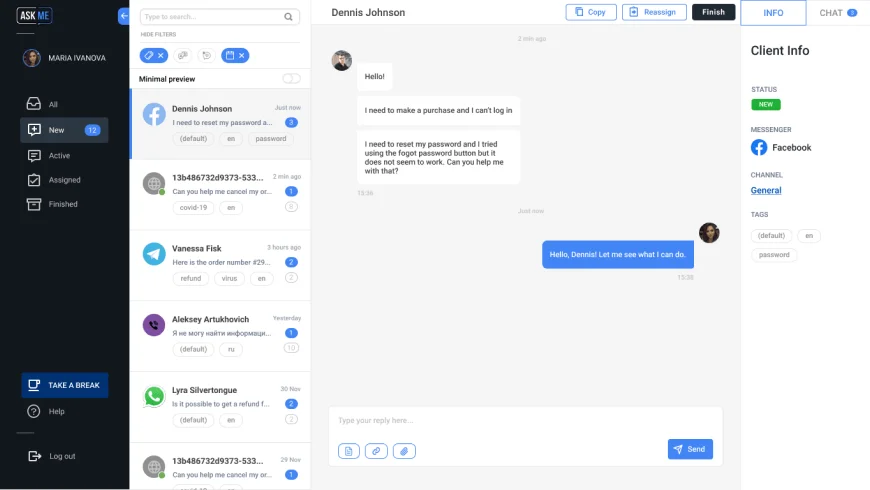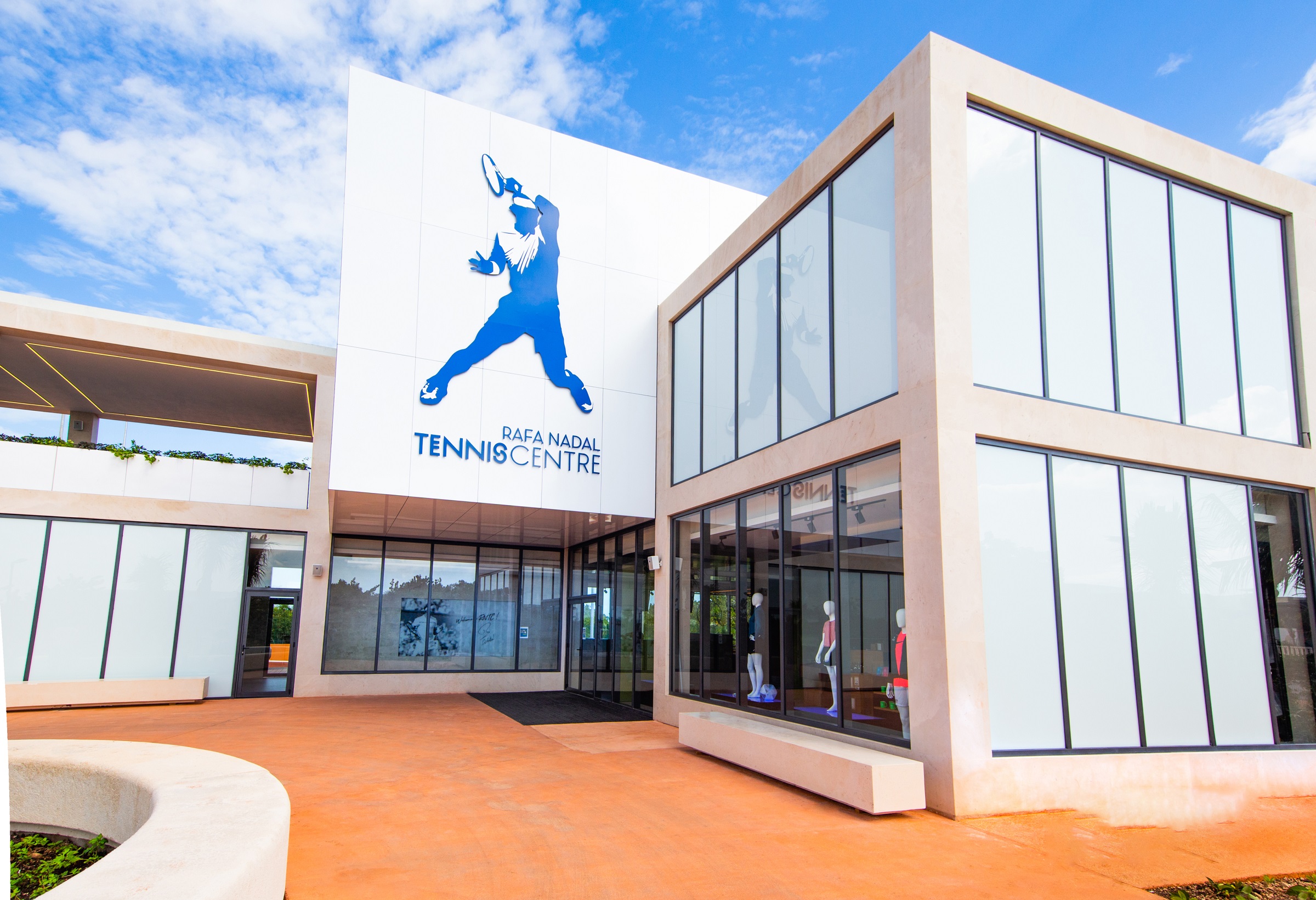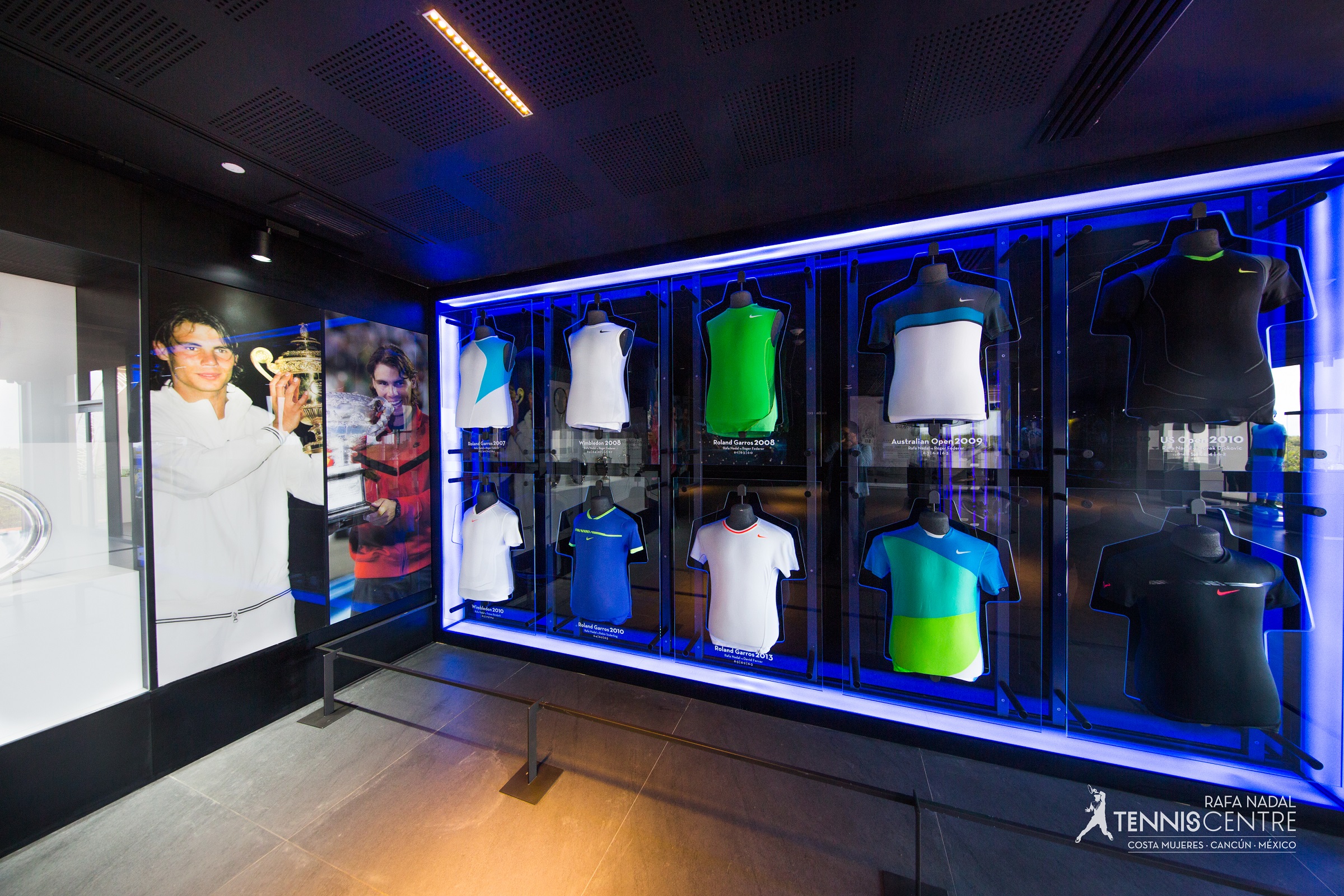Although there are hundreds of plugins, most of them fall under the following three main categories. Display Base64 encoded files in PNG, JPG, GIF, MP4, WEBM, MP3, OGG, PDF formats. In our Continuous Integration (CI) grafana plugin development and Release GitHub Actions we used Is Compatible and custom plugin-validator steps, which were removed. If you don’t know what’s happening inside your system and exactly where it’s happening, you can’t fix it.

The Grafana HTTP API offers an endpoint (/api/plugins//metrics) that allows you to configure a Prometheus instance to scrape the metrics. The Grafana backend plugin system is based on HashiCorp’s Go Plugin System over RPC. Our implementation of the Grafana server launches each backend plugin as a subprocess and communicates with it over gRPC.
Deploy AWS Managed Prometheus (AMP) and AWS Managed Grafana (AMG) With Terraform for scalable…
This protocol establishes a contract between Grafana and backend plugins to allow them to communicate with each other. For example, Grafana calls this method whenever the user clicks the Save & Test button, after changing the connection settings. Alerting as an example wants a returned table with a single time field and single number. The frames can include labels which are extremely useful for alerting as they can be substituted into alerting messages to provide context. That meant that Time Series Multi was a natural choice for that.

Every value in a field share the same data type, such as string, number, or time. Before you can get started building plugins, you need to set up your environment for plugin development. Using that documentation, we were able to identify that Grafana has 2 primary ways to create Datasource Plugins.
Anatomy of a backend plugin
We created many Grafana panels, data sources and applications to this moment. To make the creation process efficient, starting with a well-constructed template is always easier. These plugins facilitate Grafana to interface with external databases and online data sources, extract the relevant data from data sources, and provide them with applications for consumption. It supports Data sources like PostgreSQL, influxDB, MySQL, Google BigQuery, Oracle and Azure Data Explorer, and many more.

Let’s go through the functions and features of the major plugins of Grafana. If you run into any issues, make sure to bring them up with our user community in Slack. Edit configEditor.tst, look at how the apiKey is configured and change it to password, note the use of the secretFormField, once configured https://www.globalcloudteam.com/ secret configuration can only be reset and re-assigned. In types.ts look for MyDataSourceOptions this is the interface definition of the non-secure part of the configuration. In the rest of the post, I will cover multiple subjects that were not clear to me while developing the backend plugin.
Volkov Labs App 2.5.0 supports Grafana 10
The plugins enable Grafana to connect and communicate with external data sources and then return data in a compatible format. MetricFire is a monitoring platform built on open-source monitoring technology such as Graphite, and Grafana. You can build Grafana dashboards based on your hosted Graphite data stores directly in the app.
Setting up the initial plugin is painless with Grafana’s plugin tools. These tools will scaffold all the boilerplate needed for your plugin. It also includes a docker-compose file for a local Grafana instance, an initial test framework, and Github actions for CI and release management. Given that Metrist definitely wanted the ability for users using our Datasource plugin to hook into alerting, the Backend plugin was what we went forward with. But first we needed to build the plugin – which ended up being a pretty straightforward process, but like anything, did have a few gotchas. If you’re interested in building your own plugin, we’ll walk you through our process and hopefully it can help set you up for success.
What are Panel Plugins in Terms of Development?
Other than the built-in table and graphs panel plugins, you can add others that address your unique requirements. Some of the features the panel plugins add include row coloring, data filtering, paging, and other functions that improve visualization. Panel plugins add visualization to the dashboards and include the Pie Chart, world map, Clock, and others. The plugins help you to provide visuals for the responses from the data sources while enabling you to configure or manage external systems such as applications, smart devices, IoT, etc.
- We are going to add two helper methods getTypeArray that will use the column type return from ScyllaDB to create the fields and toValue that would be responsible for type casting.
- To be able to support all the different data formats, Grafana consolidates the data into a unified data structure called data frames.
- This protocol establishes a contract between Grafana and backend plugins to allow them to communicate with each other.
- Even though we still support plugins written in AngularJS, we highly recommend that you write new plugins using ReactJS.
- For more information about panels, refer to the documentation on Panels.
To load unsigned backend plugins, you need to
configure Grafana to allow unsigned plugins. For more information about backend plugins, refer to the documentation on Backend plugins. In this tutorial you learned how to create a custom visualization for your dashboards. The results from a data source query within your panel are available in the data property inside your panel component.
Learn more
We are going to add two helper methods getTypeArray that will use the column type return from ScyllaDB to create the fields and toValue that would be responsible for type casting. In the generated example, fields are created with their type and results. A Database plugin is an example for a situation where both are created based on the returned results. If you look at the query method, you see the use of Dataframe to to return the result. Dataframe are column oriented, Each data frame has multiple fields you can read more about fields here. Before explaining how to modify it, you should note the two kinds of configurations that share the screen.
The topic will be considered from the perspective of a front-end engineer. We advice you to upgrade your grafana dependencies if this is the case so you always use the latest API. It is based on the plugin protocol, which is versioned separately and is considered stable.
The query method
These plugins add extra data visualization features over and above what the main Grafana tool provides time series as well as non-time series data. This is the most common type of plugin, the basic element of visualization of selected indicators. While Grafana has several types of panels already built-in, you can also build your own panel, to add support for other visualizations.




